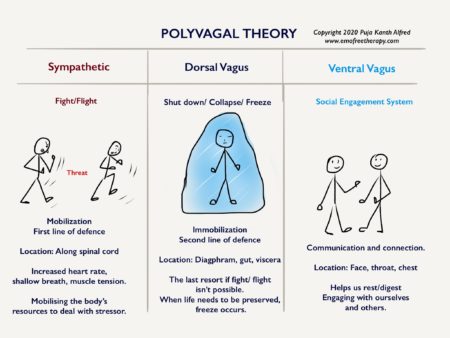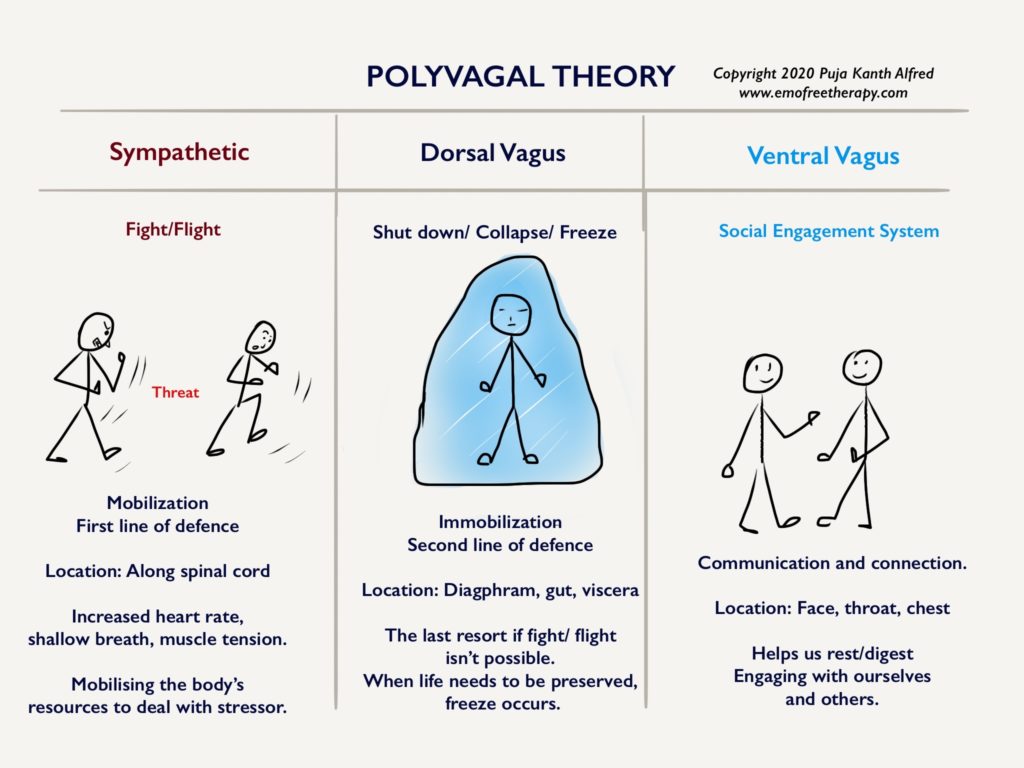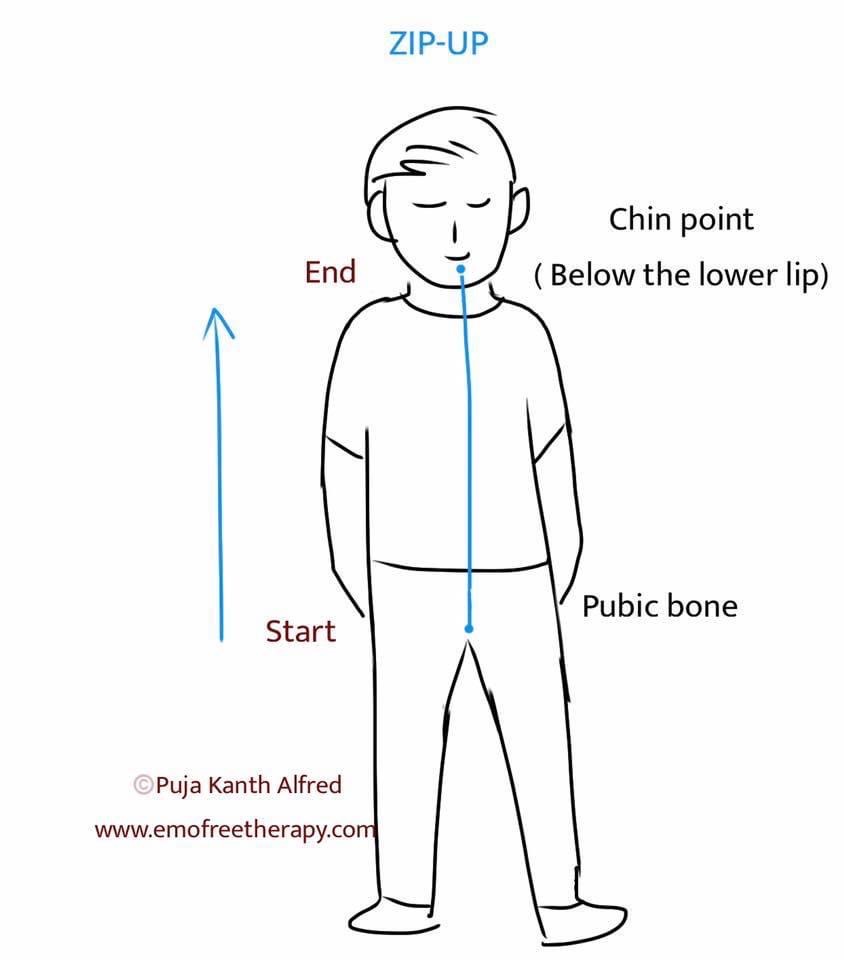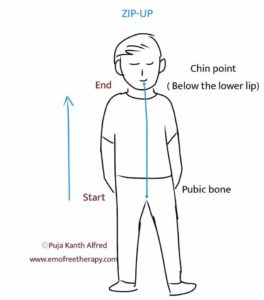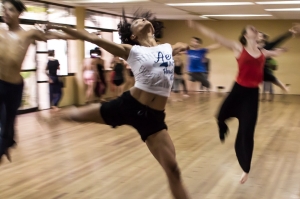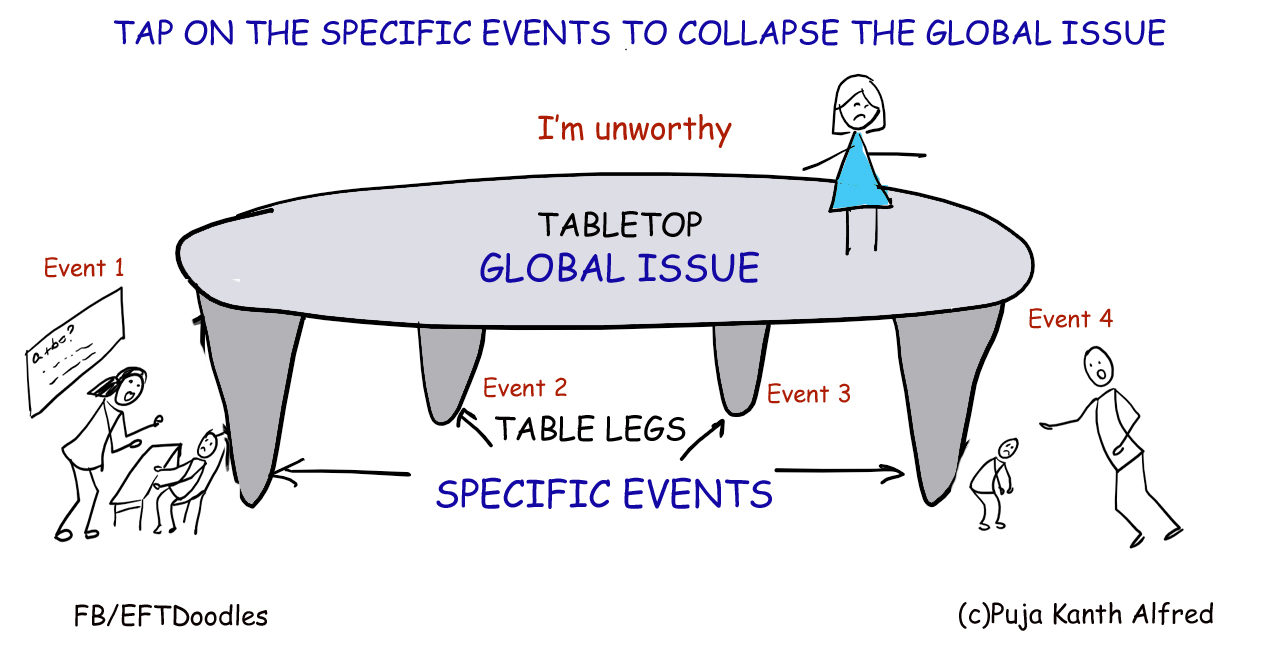Feeling Shame vs Being Shamed: The difference is crucial
Shame is healthy and authentic if it helps you follow an internal and external code of ethics and honour in regard to yourself and others. It can help you avoid hurting others in the social space. Regulated shame can help you take messages from your behaviour just like guilt and help you learn. But if you armour up when you feel shame, like Brene Brown says, by people pleasing, going against people or isolating yourself, it doesn’t help. Facing shame, taking messages from it and learning from our biases/prejudices and changing them is helpful. Shame inherently isn’t bad if we know how to release old shaming messages from our past which aren’t healthy and move through authentic shame which has a lot of potential for change.

“Shame will stop you from doing something stupid in your social space if it’s healthy. If it isn’t healthy then it’ll get in your way. “ (Karla Mclaren)
For example, if I have an implicit bias and if someone tells me about it, I might feel shame, which isn’t bad. It helps me look into my bias and work through it. However, instead of moving through my shame , if I armour up and attack others, please them or isolate myself then I’m really getting stuck in the toxic shame cycle.
Now, if I’m shamed for my bias, called names, does it really help me change my bias? Probably not. It only amps up the behaviour more covertly perhaps. Then I feel I’m not good enough and go from there to thinking I’m better than others – both aren’t helpful messages or beliefs. These are flawed conclusions that we reach about ourselves and others.
Brene brown talks about shame being an ineffective social justice tool in her podcast. “Shame begets shame and violence” Shame kills empathy. Empathy is important for social justice. Holding someone accountable is differ than shaming them.
Bottom line: Let’s look at how we experience shame, how we move through shame. Authentic and properly regulated shame can give us important social messages and be a powerful emotion for upholding ethics and honour in society and within ourselves. And let’s also look at how we use shaming as a tactic to change people. Let’s look at the fact that shaming doesn’t lead to change. We need to find better and more healthier ways of bringing awareness and change in society.
Author References:
Brene Brown
Karla Mclaren

